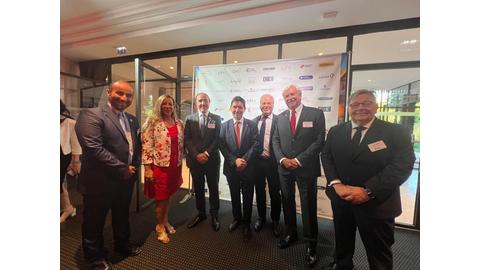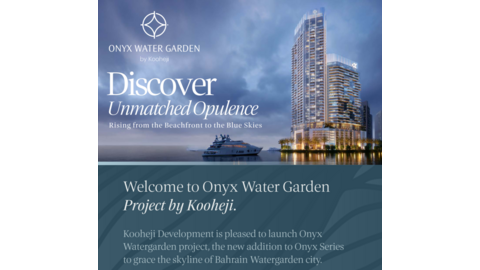GCC-listed banks’ profitability jumps 25.3pc in 2022: KPMG

Profitability of GCC-listed banks in 2022 jumped 25.3% driven particularly by a growth in loan books, increased interest margins, lower loan impairment and a continued focus on cost efficiencies.
Asset growth remained robust as banks increased their asset base by 9.9%, which was driven by lending to high quality customers, said KPMG, which published the eighth edition of its GCC listed banks’ results titled ‘Cautious optimism’.
Net interest margins increased by 0.2%, as a result of the rising interest rate environment, which helped drive profit growth. The overall NPL ratio for the GCC banking sector decreased by 0.1% and now stands at 3.8%, reflecting the conservative approach to credit risk management.
Net impairment charges
Net impairment charges on loans and advances decreased by an average of 11.2%, with the drop observed mainly in stage 2 and 3 portfolios, indicating an improvement in credit quality. ROA (1.3% in 2022) increased by 0.2% compared with the prior year, owing to the rise in profitability being higher than the asset growth.
Cost-to-income ratios reduced compared to 2021 (40.9% to 39.9%), reflecting the continued focus on cost reductions and operating efficiency initiatives.
The average coverage ratio for stage 2 and 3 loans increased by 0.4% and 1.7% respectively from the prior year, demonstrating how banks continue to be cautious in relation to their approach to provisioning.
Share prices overall remained stable year on year with a marginal increase of 0.7% compared with the previous year.
Bahrain banks
Meanwhile, the experience within the marketplace in Bahrain is fairly mixed. In 2022 while there has been a growth in Total Assets by 1.6% across the banks, there has been an increase in the Total Net Profit by 10%.
This was driven by an increase in the Return on Assets and an overall increase in the Net Interest Margin, that has contributed to an overall increase in average Return on Equity for Bahrain banks which was at 10.8% for 2022.
Bahrain banks continued to build capital to strengthen their growth capital with an average Capital Adequacy Ratio of 20.3%, the highest amongst GCC countries.’
Return on equity
The report also highlighted a 1.2% decrease in return on equity (ROE), compared to 2021, as equity growth outpaced profitability increases. Dividend payout ratio in the region also witnessed a near-identical drop of about 1.3% as banks looked to safeguard their earnings to further bolster equity positions and support future growth.
According to the report, banks continued extending adequate coverage for their performing loan book as stage 1 net provision charges grew six-fold compared to 2021. Furthermore, while well above the minimum regulatory requirements across all GCC countries, the average sector capital adequacy ratio dipped marginally (0.3%) to reach 18.6%.
The GCC listed banks’ results anticipates banking sector in the region to continue its pursuit of building on its strong foundation, aided by a robust economic environment. As banks in the region aim to look past the Covid-19 crisis, it is expected that accelerated innovation plans, technology focus and continued government investment will witness further growth in the future.
Speaking about the report, Mahesh Balasubramanian, Partner and Head of Financial Services at KPMG in Bahrain, said: “The banking sector in the GCC region had endured a fairly challenging period in 2021, considering the disruptions caused by the pandemic. While we are witnessing strong recovery, we are also seeing a shift in mindset amongst leaders within the sector.”--TradeArabia News Service
Source: https://www.tradearabia.com/news/BANK_410570.html


